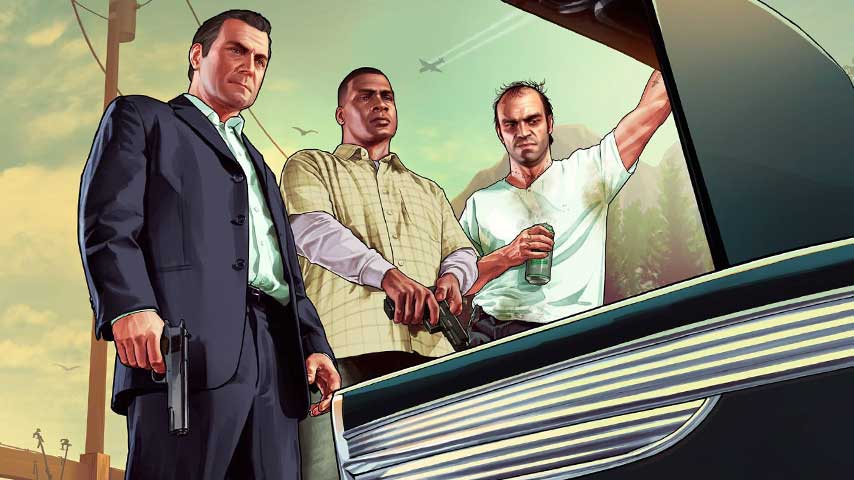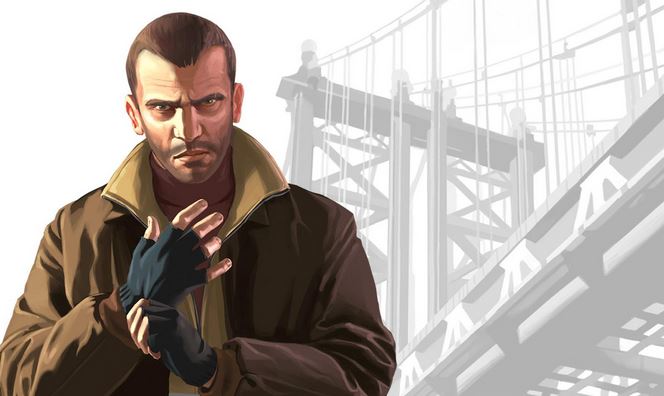Far Cry 4, Assassin’s Creed: Unity, GTA 5, Watch Dogs and inFamous: Second Son are just a few new-gen sandbox games that make expansive, organic worlds shine on PS4 and Xbox One. However, VG247’s Dave Cook is worried that the genre is in danger of repeating several last-gen mistakes.
”New-gen sandbox games can look as nice as developers like, but without context and a solid reason to be raising all that hell, the impact gets diluted.”
Cast your mind back to the first sandbox game you ever played, and think of just how awe-inspiring it was to take those initial, daunting steps into that living world. Those who played GTA 3 at launch will no doubt remember just how revolutionary it was. Players could go anywhere, do anything, be anybody they wanted. It was a watershed moment for the medium.
Suddenly, the path from first mission to completion wasn’t carved in stone. Everyone had their own unique stories to tell, like the time they found the Dodo in Liberty City, to stumbling across a downed UFO in Fallout 3’s vast wasteland. These personal, tailored experiences are yours to own, lending both weight and ownership to the hero’s journey.
If anything, the next wave of new-gen sandbox games should propel the genre into a new age of prosperity. However, the last few years have shown that although the illusion of living play-spaces has grown more tangible, developers of these titles keep making old mistakes. In some cases they’re looking nicer but growing too familiar to feel innovative.
Let’s have a look at that shall we?
The whole ‘territorial control’ thing is getting old
I don’t know about you but I’m personally getting a bit tired of playing sandbox games that ask you to relinquish enemy control over a portion of the map by taking out an outpost or map. Doing so will probably reduce enemy presence in the area, open up fast-travel and reveal new points of interest on your map. The same goes for climbing up to high points in the Assassin’s Creed series. I’ve climbed up things and synced so many times now. Make it stop.
”The last few years have shown that although the illusion of living play-spaces has grown more tangible, developers of these titles keep making old mistakes.”
The problem isn’t bottle-necking gamers into the outpost battles themselves, but in the familiarity of it all. Far Cry 3 had garrisons and radio towers to liberate and reveal segments of the map, but the process was largely the same every time.
inFamous: Second Son had DUP control points that, while offering skirmishes of different size and severity, still felt a tad monotonous by the end. These things are optional, but that shouldn’t be an excuse for ‘copy-paste’ content.
In Assassin’s Creed 4: Black Flag, I made my first order of business defeating all of the naval fort encounters and fast travel points so that the rest of the game was a breeze. There comes a point that you just can’t be arsed having your ship attacked at sea on the way to a story mission, so what do you do? You chase these outposts to reduce the chance of that happening. Some may like this, but its not for me.
TL;DR
The problem with some sandbox games is that the narrative simply can’t hold it together across the span of their colossal run time. I always felt that the earlier GTA titles suffered from this problem. Sure, some of the latter missions in Vice City and San Andreas are truly memorable, and GTA 4’s ‘Three Leaf Clover’ mission is worth the price of admission, but those stand-out quests are grouted with rote chores like ‘pick up this guy,’ or ‘kill this dude.’
”Assassin’s Creed’s flags are a good example of wasted real estate, offering players the chance to seek out over 300 of them in exchange for simple achievements.”
GTA 5 managed to keep its plates spinning by the end credits because you actively wanted to play through the next mission to see Rockstar’s next ludicrous and frequently hilarious cut-scene, and this was ramped up when you worked your way towards one of the game’s big heists. All of the core missions seemed to bear great relevance to the main story. They mattered.
Fallout: New Vegas handled this particular issue well by adding a degree of purpose to each of its main and side quests. Very rarely did I feel that Obsidian was just chucking pointless content at my face to beef up the RPG’s running time. New-gen sandbox games can look as nice as developers like, but without context and a solid reason to be raising all that hell, the impact gets diluted.



Comments
Post a Comment